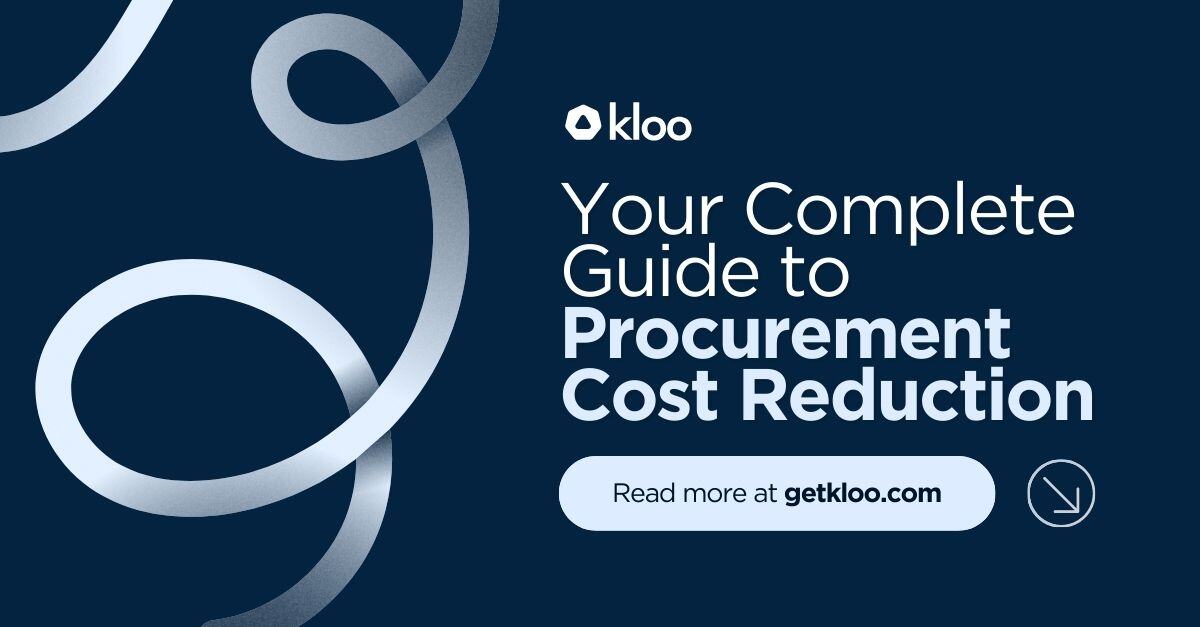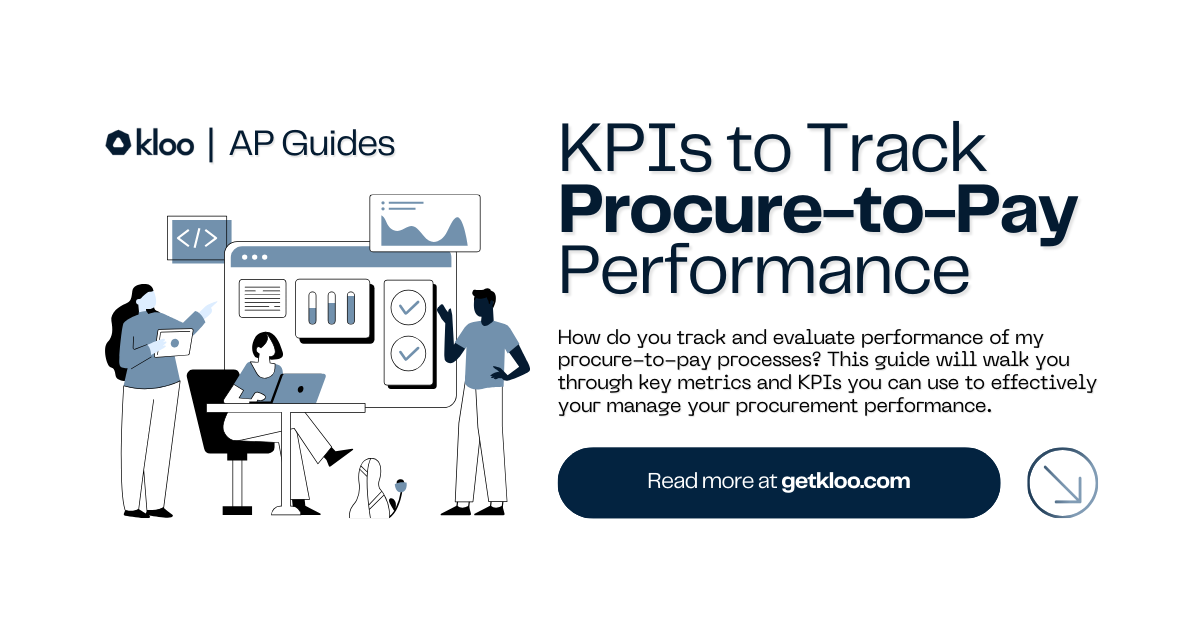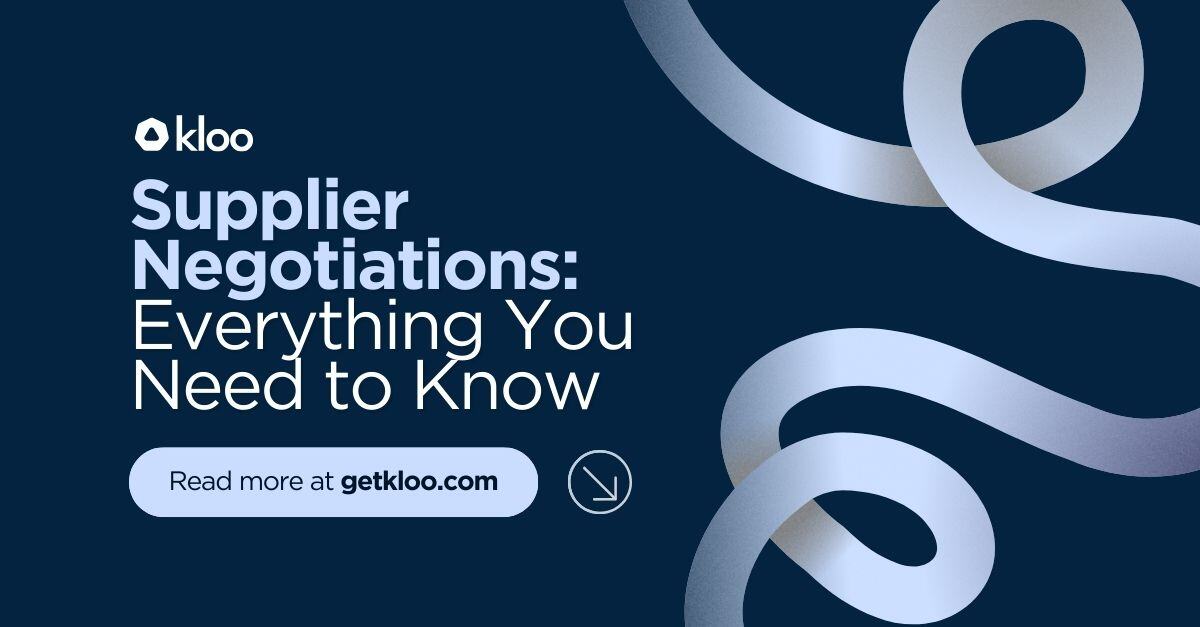
Your Complete Guide to Procurement Cost Reduction

Cost reduction usually refers to cost savings made during a purchasing process, but it is much more than that. It includes savings made through re-negotiation of contract terms and conditions, administrative and operational process improvements, and the intelligent use of data and technology. Cost reduction in procurement is the process of reducing unnecessary expenses to increase bottom line and increase profit margin. In this guide, we will dive into the importance of reducing procurement costs and how to reduce costs, as well as exploring various cost reduction strategies.
Why is procurement cost reduction important?
Procurement cost reduction is vital for maintaining a company’s financial health and competitive edge. Conducting thorough spend analysis is essential as it provides a clear understanding of where the company’s money is going. This practice, a common best practice in spend management, helps identify inefficiencies and areas for potential savings. Uncontrolled or maverick spend often goes unnoticed, leading to unnegotiated supplier costs. These unchecked expenditures can significantly inflate costs. Companies and finance teams could potentially save up to 30% on annual costs by implementing effective procurement cost reduction strategies and negotiating supplier terms more aggressively.
How can I reduce procurement costs?
Implementing effective cost reduction strategies in procurement can significantly enhance a company’s financial health and operational efficiency. Here are a few strategic actions that you can take to reduce costs:
- Conduct Spend Analysis: Regularly analyse spending patterns to identify inefficiencies and areas where costs can be cut. This helps in understanding spending behaviour and uncovering maverick spend.
- Negotiate with Suppliers: Leverage data from spend analysis to negotiate better terms and prices with suppliers. Building strong relationships with key suppliers can lead to discounts and more favourable contract terms.
- Consolidate Purchases: Group similar purchases to increase buying power and negotiate bulk discounts. This reduces the number of transactions and simplifies procurement processes.
- Implement Digital Procurement Solutions: Automate procurement processes with digital or software-based procurement tools to streamline operations, reduce manual errors, and improve efficiency.
- Improve Supplier Management: Regularly review supplier performance and hold suppliers accountable to contract terms. Effective supplier management can lead to cost savings and improved service quality.
- Standardise Procurement Processes: Establish standard procedures and guidelines for procurement to ensure consistency and compliance. This reduces variability and helps control costs.
How AI can enable procurement cost reduction
AI is a powerful tool in the quest for procurement cost reduction. AI-driven spend analysis tools can process vast amounts of data quickly and accurately, uncovering spending patterns and identifying inefficiencies. These insights allow businesses to renegotiate contracts and consolidate purchases for better pricing.
Here are a few more ways AI and automation is used by Kloo to reduce procurement costs.
1. Leverage AI-Powered Spend Analysis
Spend analysis is a cornerstone of effective cost management. By leveraging AI-powered tools, companies can collect, examine, and visualise spend data to gain full visibility over their expenditures. This enables finance teams to identify process bottlenecks, duplicate or late payments, and areas where savings can be made. Understanding spending patterns allows for better budgeting, improved financial control, and the ability to negotiate better terms with suppliers.
2. Implement GenAI-Enabled Supplier Negotiation
Negotiating with suppliers can be time-consuming and complex. Kloo’s AI-enabled supplier negotiation tools use generative AI to analyse market trends, supplier performance, and historical data. This approach helps craft negotiation strategies that yield better terms and prices, ensuring businesses get the best possible value from their suppliers while saving time and resources.
3. Adopt Natural Language Purchase Requests
Traditional purchase request systems can be cumbersome and prone to errors. Simplify this process by implementing natural language processing (NLP) capabilities, allowing employees to submit purchase requests in plain language. This reduces misunderstandings and speeds up the approval process, making procurement more efficient and accurate.
4. Utilise Supplier Cost Benchmarking and Reporting
To effectively control costs, it’s crucial to understand how your spending compares to industry standards. Kloo’s supplier cost benchmarking tools provide detailed insights into how a company’s supplier costs stack up against competitors. This information is essential for identifying cost reduction opportunities and making data-driven decisions about supplier selection and negotiation.
5. Automate Early Approval Processes
Delays in purchase approvals often lead to missed opportunities and increased costs. Automate the approval workflow using behavioural nudges to prompt timely approvals from relevant stakeholders. This approach ensures smoother and more efficient procurement processes, reducing bottlenecks and improving overall spend management.
6. Monitor for Fraud with AI-Driven Systems
Fraudulent activities in supplier transactions can lead to significant financial losses. Implement AI-driven fraud identification and prevention systems to monitor transactions for unusual patterns and flag suspicious activities. This proactive approach helps protect businesses from fraud, ensuring that all supplier interactions are legitimate and secure.
7. Consolidate Purchases
By consolidating purchases and reducing the number of suppliers, companies can negotiate better terms and prices. Bulk purchasing often leads to discounts and reduced administrative costs. This strategy also simplifies procurement processes and enhances supplier relationships.
8. Streamline Purchase Management Systems
An integrated purchase management system can significantly streamline workflows and reduce administrative burdens. Real-time tracking of purchases, compliance with corporate policies, and timely payments are crucial for maintaining high-quality standards and cost-efficiency. Automating and digitising procurement processes can achieve greater transparency and accountability.
9. Enhance Supplier Relationships
Building strong relationships with suppliers can lead to better terms and more reliable service. Regular communication, performance reviews, and collaborative problem-solving can enhance supplier performance and foster long-term partnerships. This strategic approach helps in maintaining a competitive edge and achieving sustainable cost reductions.
The Bottom Line
Effective supplier cost management is critical for maintaining profitability and financial health. By integrating advanced AI technologies and automated processes, such as those offered by Kloo, businesses can achieve greater transparency, reduce costs, and enhance operational efficiency. These nine strategies provide a comprehensive framework for procurement professionals to optimise supplier expenditure, ultimately driving cost savings and improving financial performance.
For more insights and tools to manage your supplier costs, check out the rest of our website and explore their AI-powered solutions tailored for finance and procurement leaders.
Let's get started


